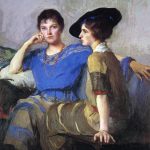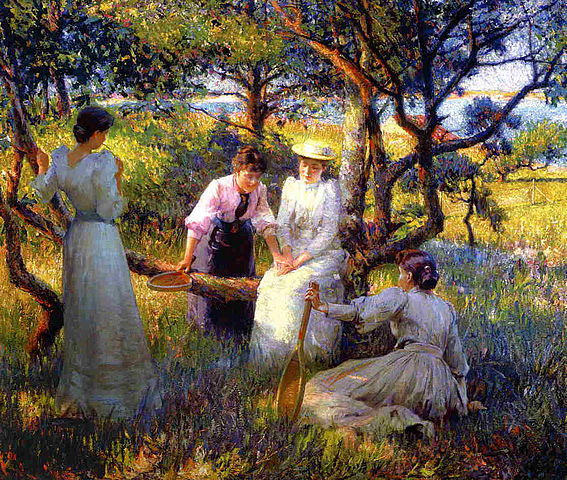
Robert William Vonnoh (1858–1933) was an American Impressionist painter known for his captivating landscapes and portraits that captured the essence of everyday life. Born on September 17, 1858, in Hartford, Connecticut, Vonnoh’s artistic journey unfolded against the backdrop of a rapidly changing American art scene.
Vonnoh’s early interest in art was evident, and he pursued formal training at the National Academy of Design in New York City. Under the guidance of artists such as Walter Satterlee and Lemuel Wilmarth, he honed his skills and developed a deep appreciation for the techniques of the French Barbizon School, which greatly influenced his later work. The Barbizon artists, including Jean-Baptiste-Camille Corot and Theodore Rousseau, inspired Vonnoh with their emphasis on natural light, plein air painting, and a connection to the rural landscape.
off to France
In 1881, Vonnoh traveled to France to further his artistic education. He enrolled at the Académie Julian in Paris, a renowned art school that attracted aspiring artists from around the world. During his time in France, Vonnoh immersed himself in the vibrant art scene of the late 19th century. He embraced the Impressionist movement, characterized by its emphasis on capturing the fleeting effects of light and color in outdoor settings.
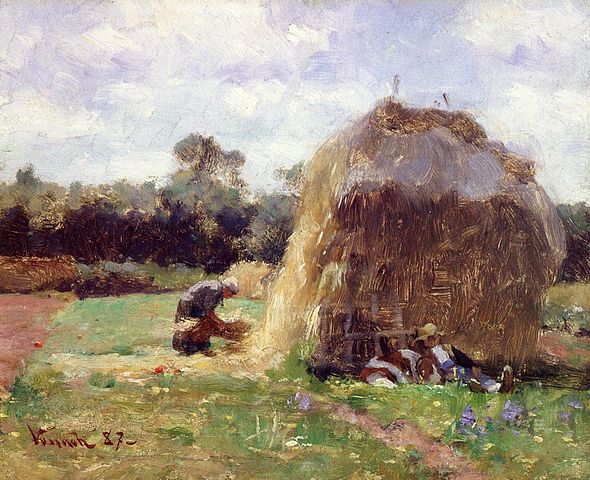
The influence of the French Impressionists, particularly Claude Monet, can be seen in Vonnoh’s evolving style. His palette brightened, and he adopted a looser brushstroke, a departure from the more academic approach he had initially learned. Vonnoh was drawn to the gardens of Giverny, where he painted alongside fellow artists and absorbed the innovative techniques of the French masters.
One of Vonnoh’s notable works from this period is “In Flanders Field” (1886), a poignant and atmospheric landscape that showcases his adeptness at capturing the interplay of light and shadow. The painting reflects the influence of both Barbizon and Impressionist styles, embodying Vonnoh’s ability to synthesize various artistic elements.
back to america
Returning to the United States in 1889, Vonnoh brought with him the lessons learned in Europe. He settled in New York and began to establish himself within the American art community. In 1890, he married the talented fellow artist Bessie Potter, a union that would profoundly influence both their personal and professional lives.
Vonnoh’s career gained momentum, and he became associated with the American Impressionist movement. His works were featured in prestigious exhibitions, including those organized by the National Academy of Design and the Society of American Artists. Vonnoh’s reputation as a skilled and innovative artist grew, and his paintings found their way into prominent collections.
A turning point in Vonnoh’s career occurred in the mid-1890s when he shifted his focus to portraiture. Drawing on the influence of French artist Édouard Manet, Vonnoh brought a fresh approach to portraiture, characterized by loose brushwork and a more relaxed composition. His portraits were known for capturing the personality and character of the sitter, rather than adhering strictly to academic conventions.
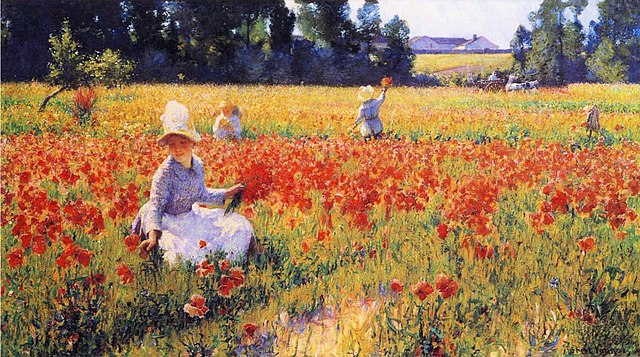
One of his most celebrated portraits is “In the Luxembourg Gardens” (1895), featuring his wife Bessie seated on a park bench. The painting beautifully showcases his mastery of color and light, as well as his ability to convey a sense of intimacy and tranquility.
Vonnoh’s commitment to Impressionism extended beyond his paintings; he was an active participant in the American art community. He became a member of the influential group known as “The Ten American Painters,” a society of prominent American artists committed to promoting the principles of Impressionism.
into the 20th century
As the 20th century unfolded, Vonnoh continued to paint and exhibit his work, leaving an indelible mark on the American art scene. His dedication to capturing the beauty of nature and the human spirit resonated with art enthusiasts and fellow artists alike.
In addition to his artistic pursuits, Vonnoh was a respected teacher, sharing his knowledge and passion for painting with a new generation of artists. He held teaching positions at the Pennsylvania Academy of the Fine Arts and the Art Students League of New York, influencing aspiring artists who would go on to make their own significant contributions to the art world.
The legacy of Robert William Vonnoh endures through his paintings, which are held in esteemed collections, museums, and galleries across the United States. His impact on American Impressionism and portraiture is recognized as a vital chapter in the rich tapestry of American art history.
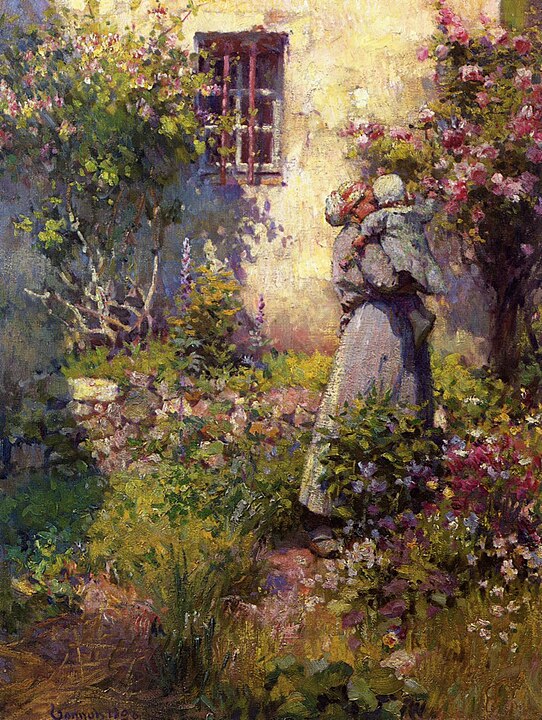
Robert Vonnoh passed away on December 28, 1933, but his artistic legacy continues to inspire and captivate art enthusiasts, ensuring that his contributions to the world of American Impressionism remain an enduring part of the nation’s cultural heritage.






